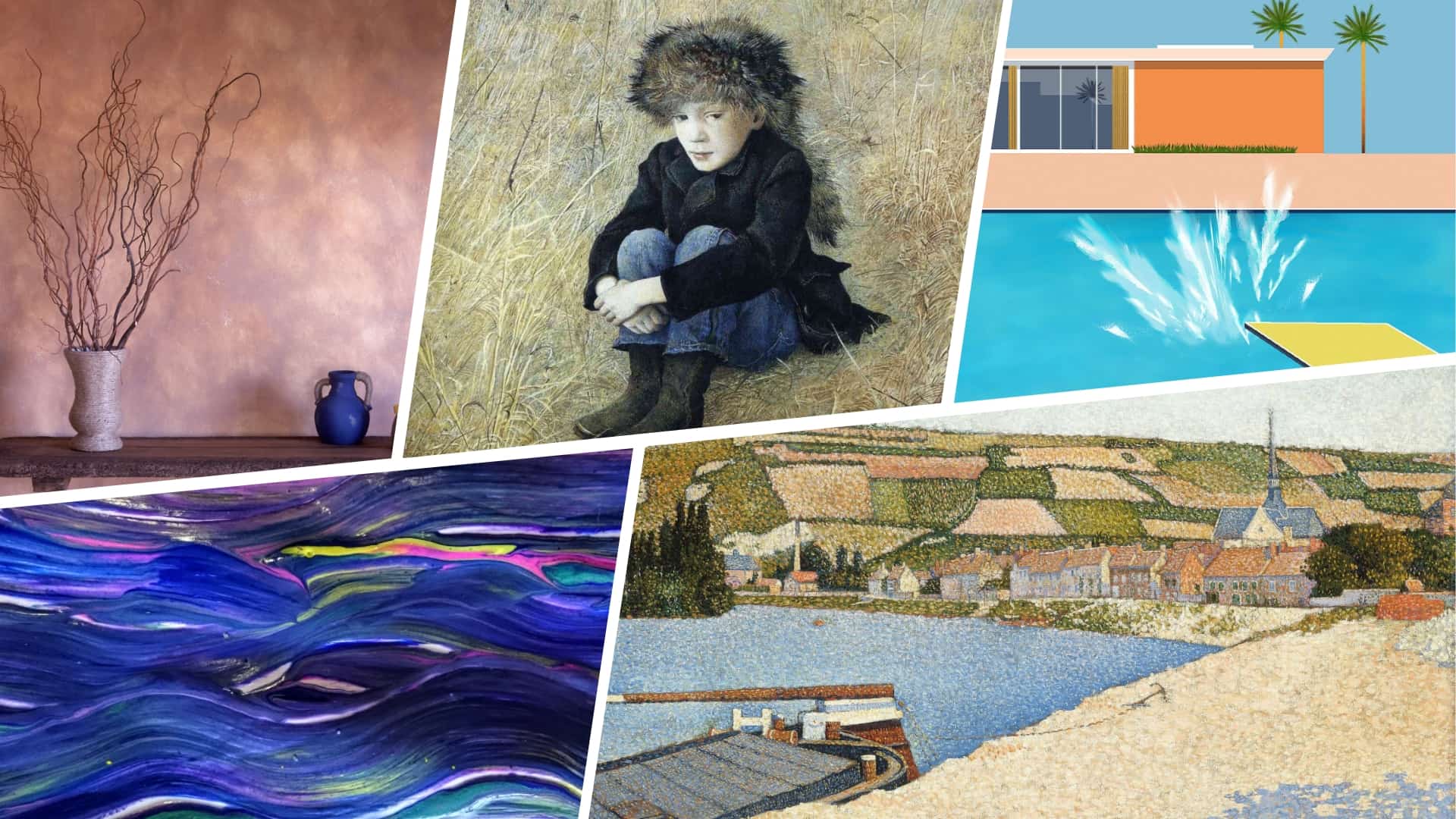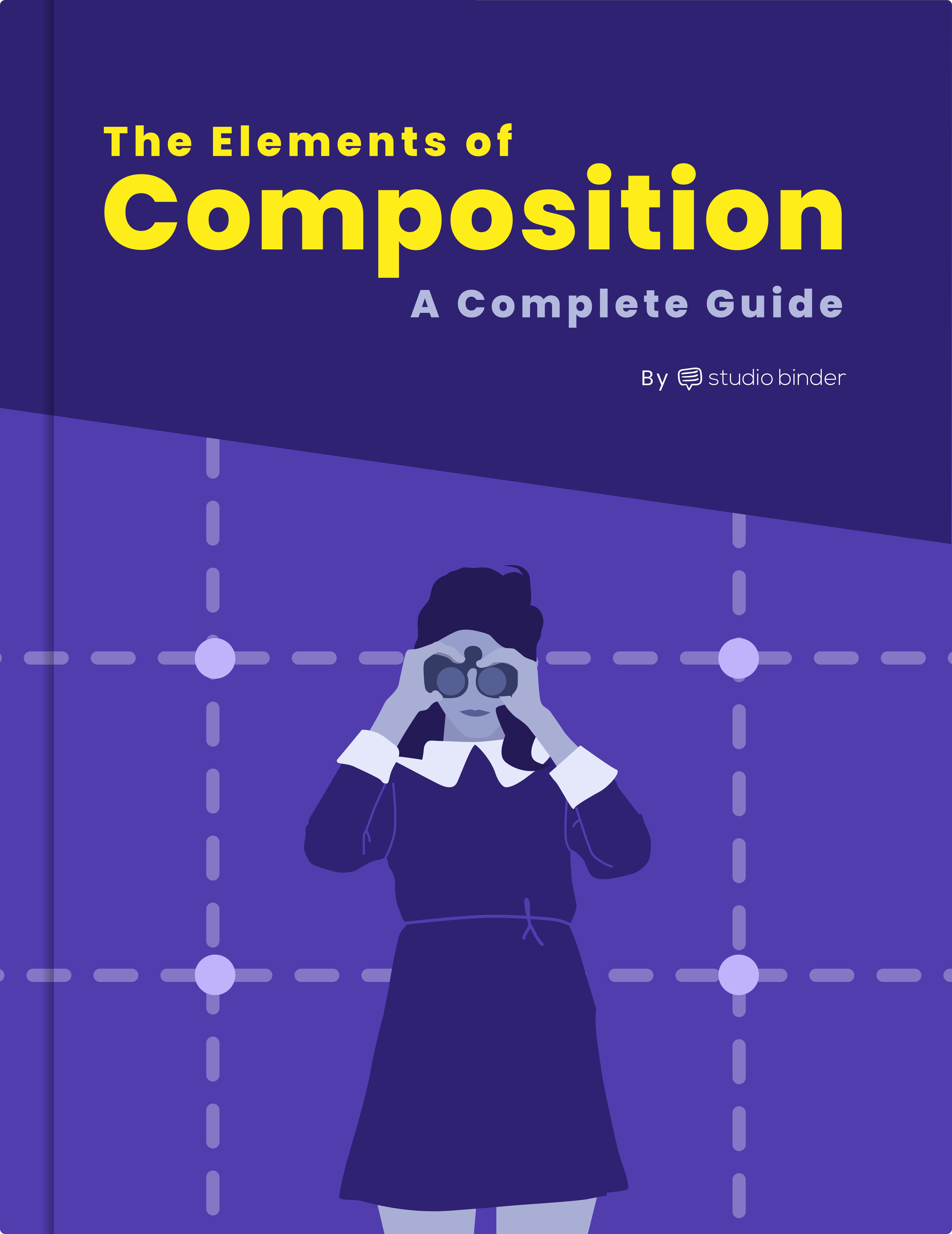Texture in art is a vital part of any artwork. It adds depth, complexity, and visual interest that can transform an image into a living, breathing entity. Not only does texture help define the form of an artwork, it can also invite dialogue between the artist and their audience by creating atmosphere and depth. In this article, we will explore texture in art and its various nuances.
What is Texture in Art and Composition?
First, let’s define texture in art
Texture in art can be achieved in various ways for various reasons. Before diving into them, let’s look at the texture in art definition to understand what it means and how it works.
TEXTURE IN ART DEFINITION
What is texture in art?
Texture in art and composition is the visual and tactile surface characteristics that are added to a work of art. It refers to the physical appearance or feel of an object, and can be seen through bumps, ridges, grooves and other physical details.
Texture can also refer to the illusion of physicality it creates by adding depth to a painting or sculpture. It is used by artists to add interest, dimension and drama to their artwork. It can be achieved with different materials like paint, paper, metal and clay, or everyday objects like fabric or foliage.
Textures can also be implied through brushstrokes, lines, patterns and colors. When used correctly it will draw attention to certain elements in an artwork while evoking emotion from the viewer.
What is texture in art used for?
- Adds depth and dimension
- Draw attention to certain elements in an artwork
- Creates a sense of physicality
Texture is just one of many techniques in composition. For a complete overview, download our FREE E-book: The Elements of Composition.
Free downloadable bonus
FREE Download
The Complete Guide to Composition Elements
When you master composition, you master the ability to tell a story, create a mood or deliver a message in a single image. Download our FREE e-book that covers the various elements of composition and the relevant techniques you can use to arrange, and compose the perfect image.
What is Texture in Art Created From?
Types of Art Textures
Many art styles from throughout the art history timeline incorporate texture with a variety of materials and techniques. There are endless possibilities and combinations when it comes to creating texture in artwork that can be used for different purposes for any desired effect.
Let’s take a look at a few types of art textures.
Impasto texture
Impasto textures can be created with a variety of materials, such as heavy body acrylics, oil paints and gels. An impasto texture typically stands out from the canvas, creating a raised effect that adds depth to artwork. Here it is used to create a snow effect that also creates a sense of scale to the skiing subjects.
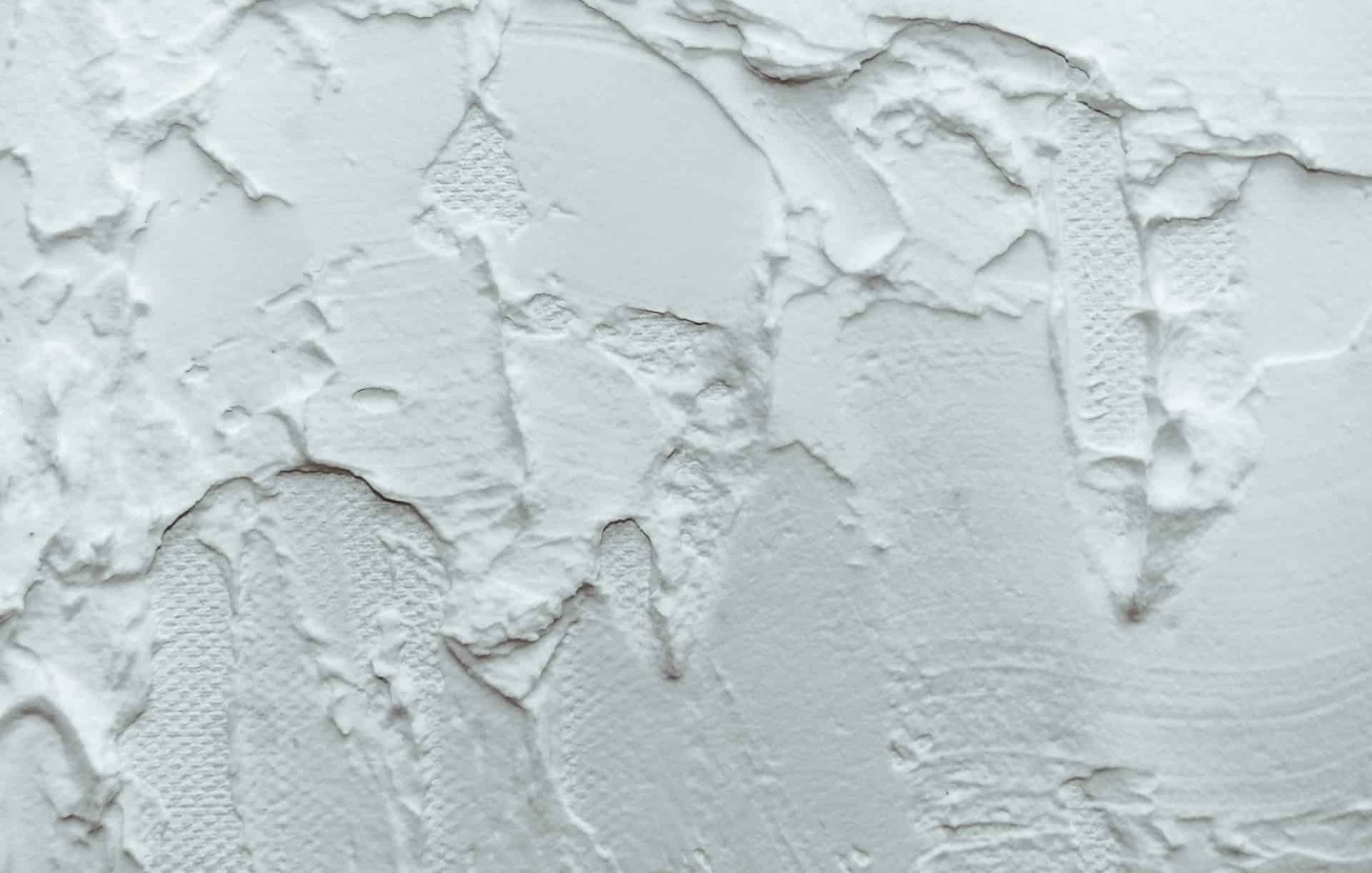
Impasto texture • Examples of texture in art
Examples of this type of texture include thick brush strokes and sculpted reliefs that can be used to create vibrant and dynamic paintings or sculptures.
By layering different colors and types of paint on the canvas you can create interesting effects that cast shadows, adding dimension to your artwork.
Faux Texture
Faux texture is an art technique that uses different materials, such as sponging and glazing, to mimic the effect of natural elements. It is a great way to create interesting textures without having to use expensive or difficult-to-find materials. This is common in interior design and architecture.
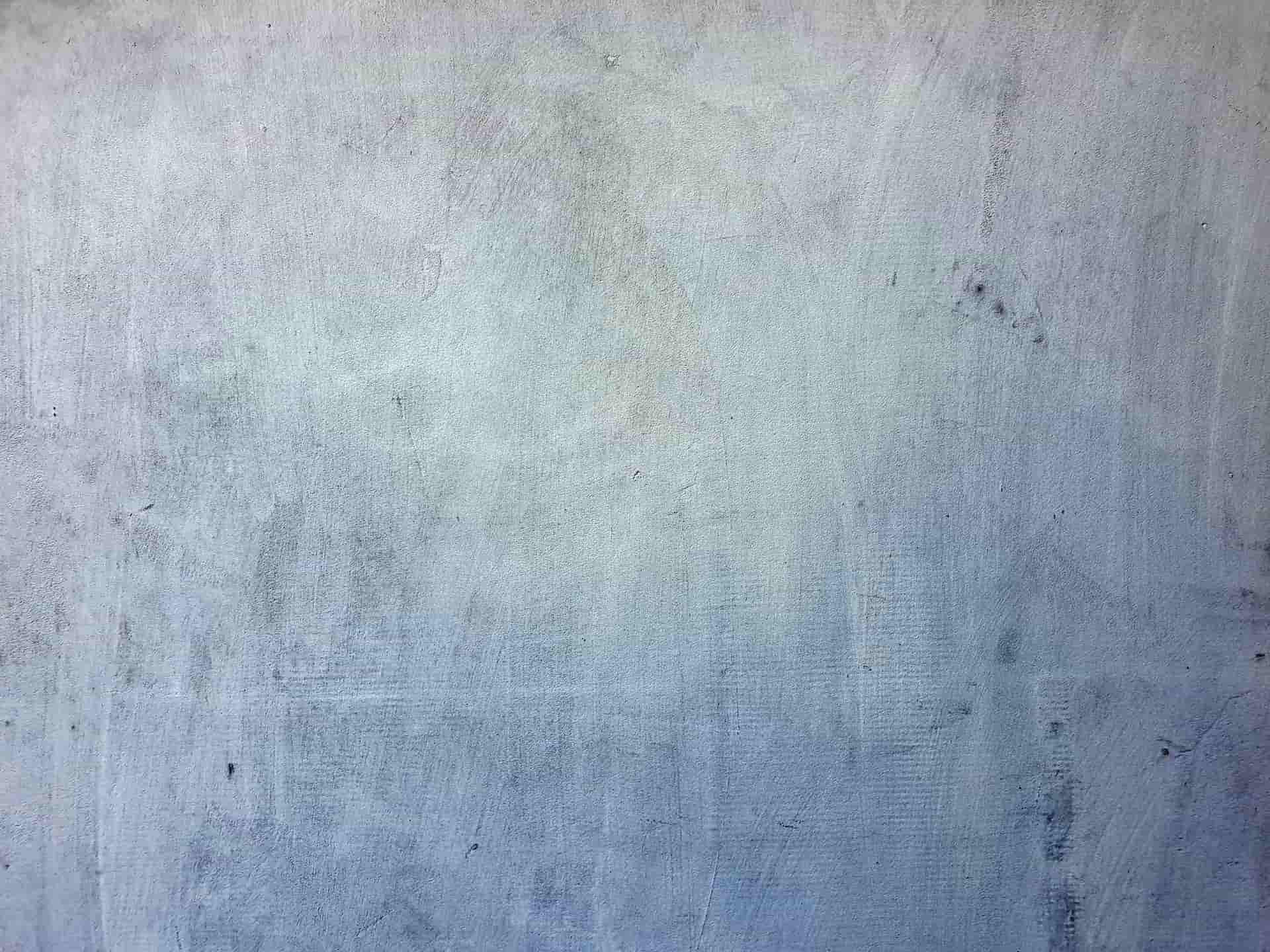
Faux texture • Examples of texture in art
Some examples of faux textures include sponged marble, leathery surfaces, painted woodgrain and stone-like walls. Blending different paints, varnishes and glazes together can create unique results that are both visually appealing and cost effective.
Gritty Texture
Gritty texture in art is a type of medium-to-heavy textural effect created by the use of coarse brushes, palette knives or other tools. It can be used to create rough, uneven surfaces that add depth and dimension to artwork.
This technique can be used in both 2D and 3D art contexts and is especially effective when combined with bold colors or layered materials.
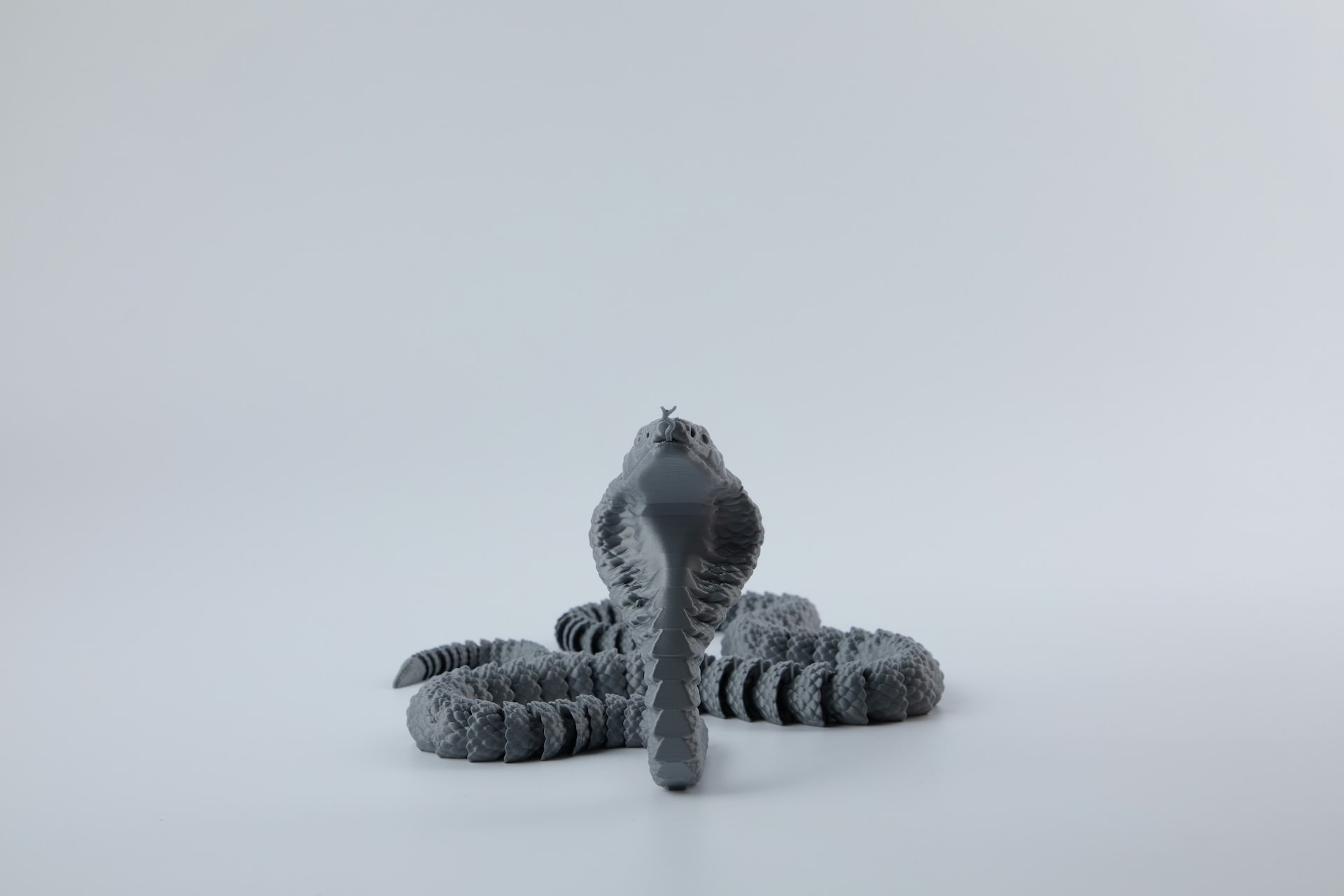
3D printed snake in a threatening stance
Specific examples of gritty texture in art include cracked paint, chiseled stone or concrete, rustic woodgrain, weathered metal, heavily textured paper, distressed fabrics and ropy yarns.
Smooth Texture
Smooth texture in art is created by using tools such as a brush, roller or sponge to create a flat, uniform surface. It can be used to create an even and consistent look that helps unify an artwork. Examples of smooth textures in art include glass, glossy paint, polished stone, satin fabric and glazed ceramic.
Here is a great example in a painting done by pop art icon David Hockney.

A Bigger Splash, 1967 by David Hockney
Stippled Texture
Stippled texture is created by applying many small dots of different shades and tones to a surface. This technique can be used to create a variety of effects, ranging from a softly blurred image to an abstract pattern. It’s a texture used heavily in art movements such as Post Impressionism.
Examples of stippled textures in various styles include pointillism, as well as other textured paintings or drawings.
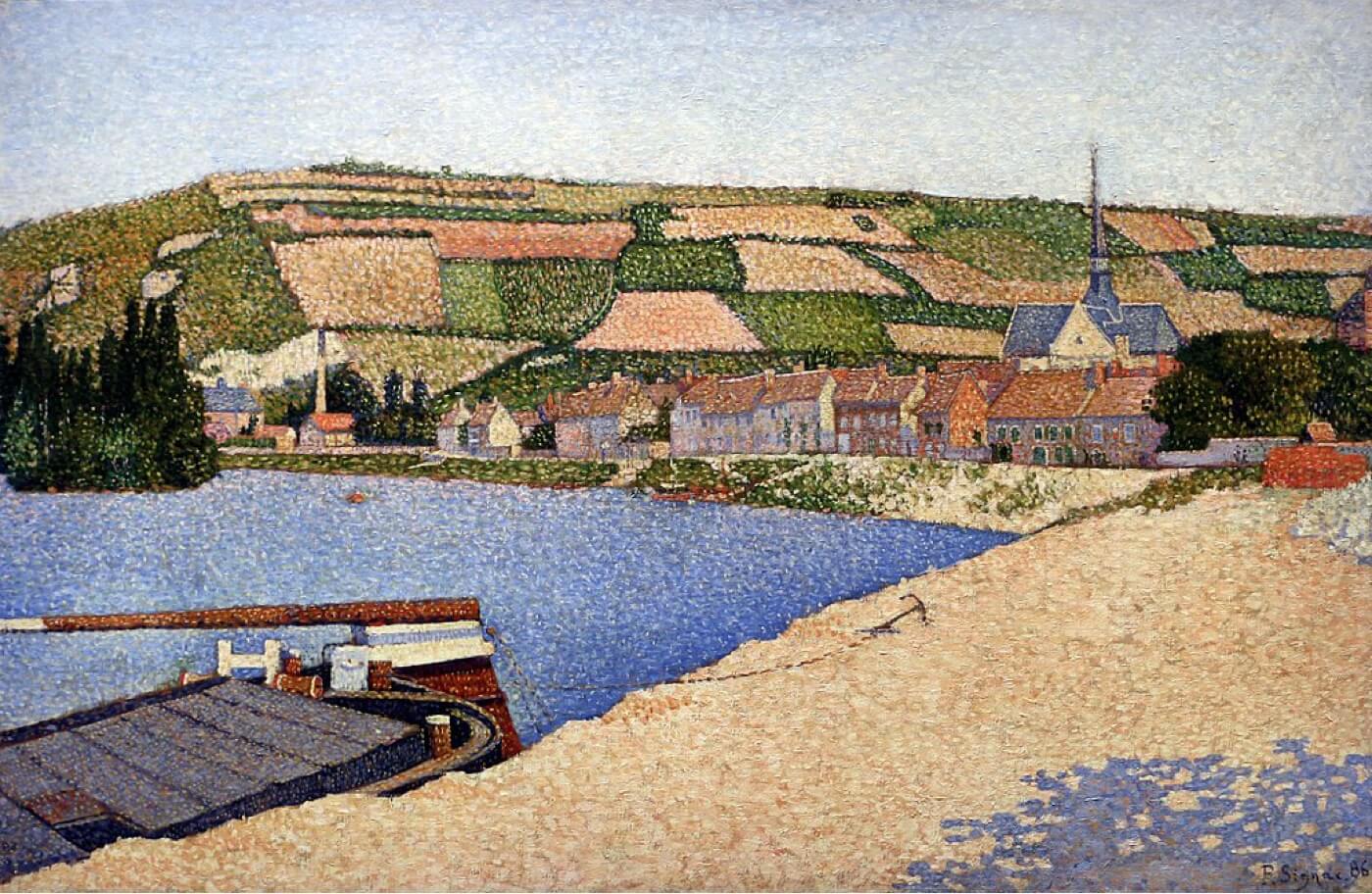
Paul Signac (1863-1935), Les Andelys. Côte d’aval (Op 139) (1886)
Drybrush Texture
Drybrush texture is created by lightly dragging a dry paint brush over the surface of the artwork. This technique can be used to create a broken, textured look that adds special effects to a painting or drawing.
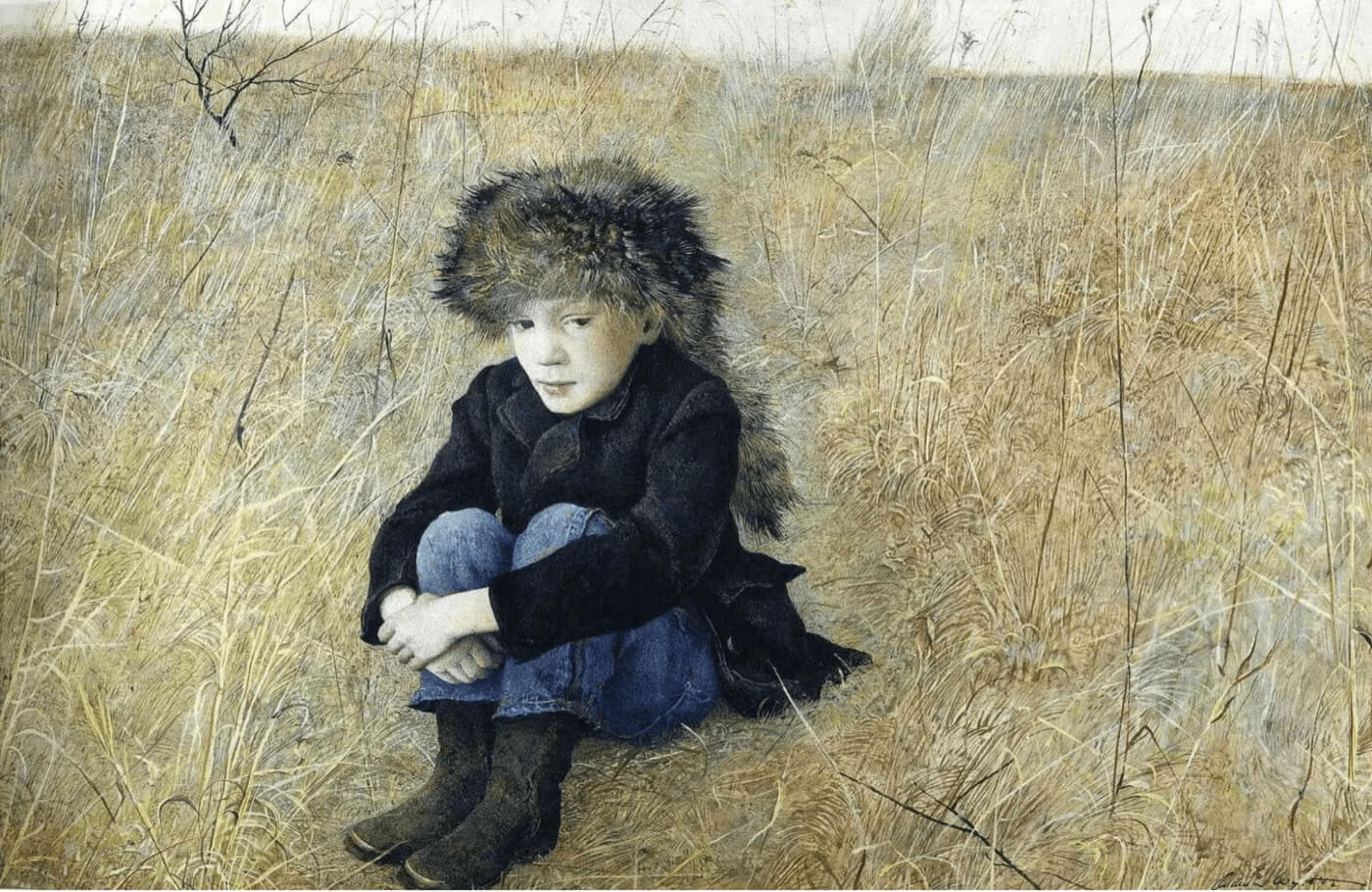
Away from home (1952) by Andrew Wyeth • Examples of texture in art
As you can see, there are many different types of art textures artists use in their work. All of them employ a function as to what the artists is trying to achieve through their work. Let’s take a look at a few of the reasons artists enlist texture as a technique and the various effects texture can achieve.
Related Posts
What is Texture Important in Art and Composition?
Benefits of texture in art
Texture is a powerful tool for artists, allowing them to give their artwork more depth and visual interest. By adding different textures to their paintings, artists can create unique effects that engage the viewer and evoke emotion.
Whether it's through the use of drybrush, impasto, or any other technique, texture adds a special touch to an artwork that can make it truly extraordinary. Here are a few of the benefits to using texture in art.
Add depth and dimension
Texture can be used to create shadows, highlights, or even an abstract textured pattern. With subtle shifts in color and tone, they can create depth that evokes strong emotions and gives their artwork an extra level of complexity. This is valuable for 2-dimensional artworks like paintings and photography.
Draw attention to certain elements in an artwork
By using texture to create dimension and depth, artists can draw a viewers attention into the piece and even toward specific elements of the artwork. Dimension is important in art because it helps create a sense of realism, depth, and perspective.
It adds visual interest to the artwork, drawing the viewer in and creating an emotional connection with the artwork. Adding dimension to a painting helps emphasize certain elements and creates more realistic textures that show off the artist's skill. With dimension, artists can really push their work from merely good to truly great.
Create a sense of physicality
Texture adds a sense of physicality to an artwork by creating an illusion of three-dimensional surfaces and shapes that can be seen and felt. This physicality helps make the artwork more realistic, immersive, and engaging.
An example of this in art is the use of film grain for texture in photography and cinematography. Grain adds texture and physicality to an image the same way pointillism was used in paintings.
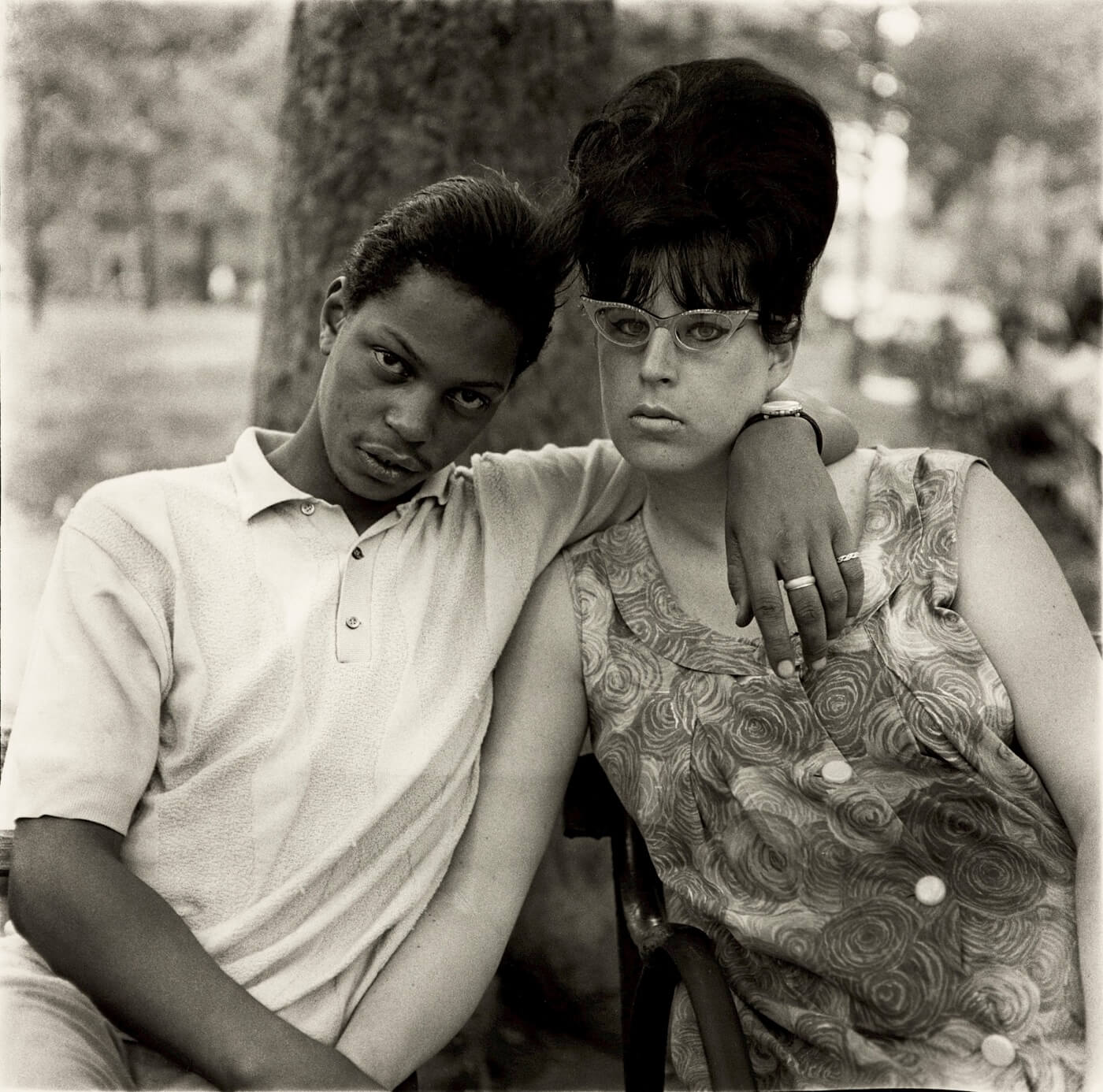
Young Man and his Pregnant Wife, NYC, 1965 by Diane Arbus
The texture of grain in a photograph can have a huge impact on the overall look and feel of the image. Through a grainy texture, an otherwise flat image is given more depth and therefore physicality that becomes more real.
Texture in art is an important component of any artwork, helping to define its form and add visual interest. It gives the artwork a feeling of depth and complexity, making it more engaging for the viewer.
Texture helps bring a painting or sculpture to life, create atmosphere and dialogue between the creator and their audience.
Up Next
What is Scale in Art?
Similarly to texture, scale is an artistic technique used to immerse and engage a viewer into an artwork. What is scale and how is it used in art? Check out our next article to find out.
Up Next: Scale in Art Explained →
Showcase your vision with elegant shot lists and storyboards.
Create robust and customizable shot lists. Upload images to make storyboards and slideshows.
